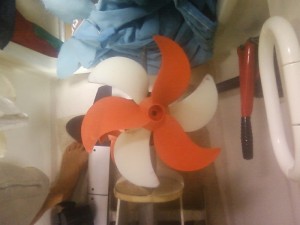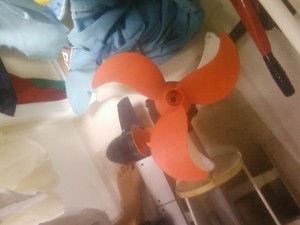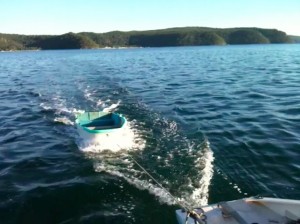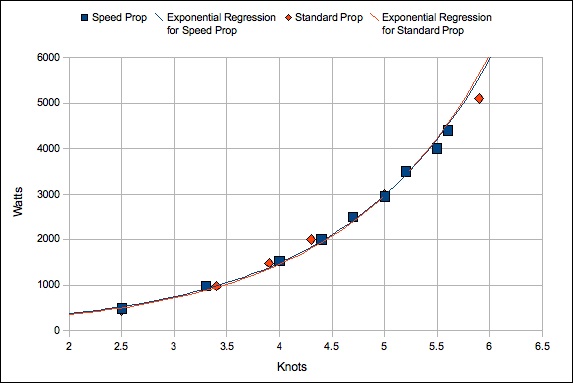Well, I’ve jumped in the deep end… I feel that to do a proper job of offering Torqeedo electric outboards for sale I need not only an on-line shop but a real shop where you can come and try one for yourself. So I’ve rented a nice office around at the Princes St Marina at Crystal Bay, Newport. Continue reading “Torqeedo shop”
on experience
I well know that, not being a literary man, certain presumptuous persons will think that they may reasonably deride me with the allegation that I am a man without letters. Stupid fellows! Do they not know that I might reply as Marius did in answering the Roman patricians, by saying that they who adorn themselves with the labours of others, will not concede to me my very own: they will say that, not having learning, I will not properly speak of that which I wish to elucidate. But do they not know know that my subjects are to be better illustrated from experience than by yet more words? — experience which has been the mistress of all those who wrote well, and, thus as mistress, I will cite her in all cases.
–Leonardo da Vinci
Prop trials
This morning dawned clear and calm and it beckoned me to take a nice cruise out to the heads to compare the speed prop and the standard prop.

The standard prop is that safety orange colour that keeps popping up on Torqeedo motors and data sheets, and so on. I guess its their favourite colour. The speed prop is plain white so its easy to tell them apart.
Its not so obvious in this picture but you can probably pick up that the standard prop is finer and especially towards the tips of the blades. The white prop feels thicker as well – perhaps it needs to be because of the extra surface area. But I didn’t measure this – its just how it feels.

Here’s another photo with the props more or less aligned on their leading edges. The shape of the leading edge is curved differently, so it can’t be an exact alignment but its close enough for you to get the picture.
The pitch of the standard prop is ten inches, compared with the twelve inch pitch of the speed prop. This extra 20 % of pitch should mean an extra 20% in speed for a boat whose drag is nicely matched to the power of the motor.

On this test today there is more than usual drag because the bottom is beginning to get some growth and she’s towing a dinghy. It was from this dinghy that the errant 801 took its swan dive.
First part of the trial was out to Broken Bay heads on the white prop – and I had in mind to swap props when I got out there – but thought better of it and decided to return to the mooring and swap the prop in more controlled conditions. After fitting the standard prop I went out and repeated the readings again. The conditions were identical.
What it shows is that the only difference is top speed. Otherwise the props perform identically comparing speed and power. If there was a way of measuring revs we’d probably find that there’s a difference in rpm at a given speed. I think the limiting factor is the power of the motor, and the speed prop overpowers the motor on this boat.

Think of it as driving a car in too high a gear. The speed prop is like an overdrive gear – on a nice flat road under good conditions you can get a higher top speed in overdrive. But load the vehicle in any way, such as a hill or headwind, and its better to choose a lower gear to get the best speed.
I’ve been favouring the speed prop because it is better in reverse, and it seems that there’s no penalty in efficiency at any particular speed in choosing the speed prop.
When running at top speed with the standard prop it was absorbing 5100 watts and after about 5 minutes the controller automatically reduced this to 4600 watts when the motor began to get too hot. The thermometer symbol appeared on the throttle control and so I cut the power back down to about 2000 watts. After a minute or two the over-temperature signal disappeared.
It makes me wonder whether even the standard prop is still to high a gear? Running the calculations for prop slip shows that slip for the standard prop is around 60% and for the speed prop is around 100%. These are both much higher than expected, and so these theoretical factors also suggest both props are over pitched for this boat. I notice that the new model 1003 prop has a pitch of 8.1 inches – I think this is too fine for what I need but it would be interesting just to test it and see what happens. I wonder if it has the same hub?…
